We need to look at this question in a different and expanded way.
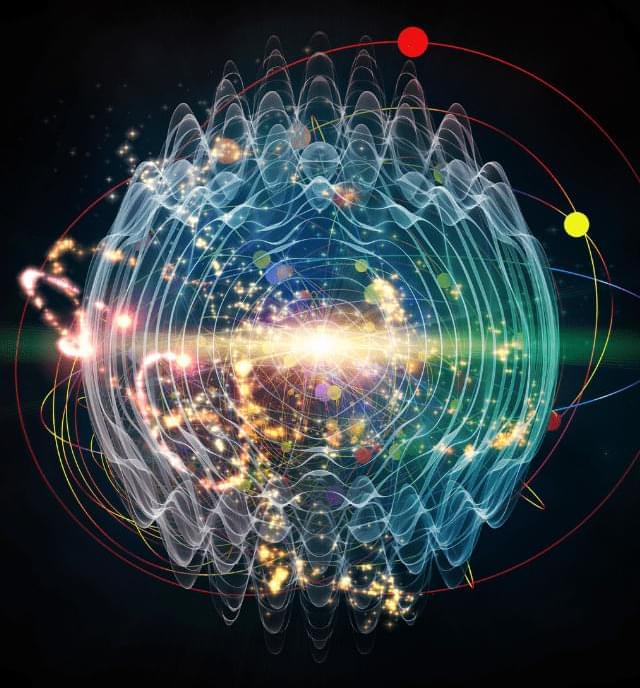

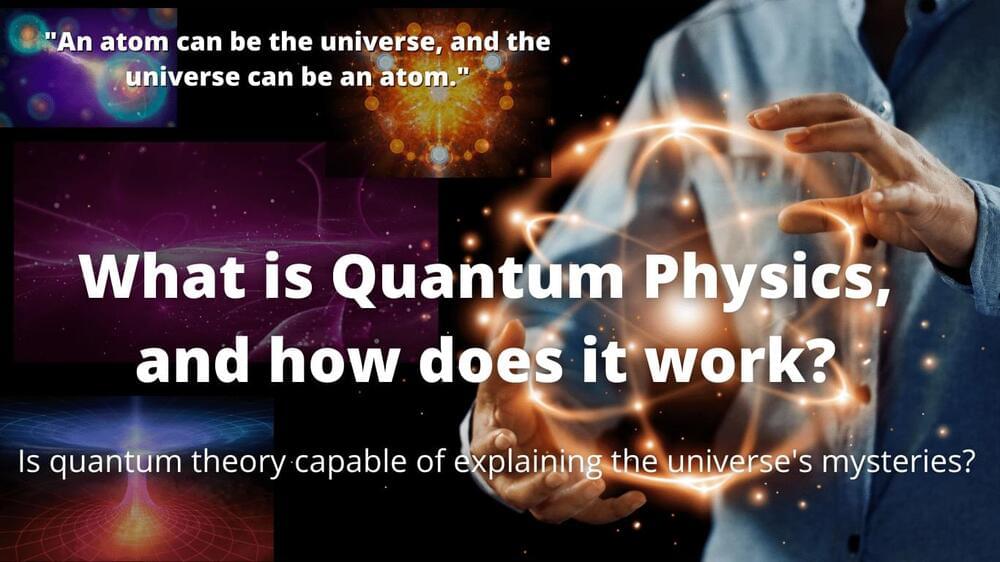
What is Quantum Physics 0, and how does it work? Is quantum theory capable of explaining the universe’s mysteries?
What is Quantum Physics, and how does it work? Is quantum theory capable of explaining the universe’s mysteries? For centuries and decades, many scientists worldwide have been attempting to decipher the mysteries of the cosmos. Scientists have only cracked a handful of the universe’s inexhaustible secrets despite this. But, more importantly, are we uncovering the secrets of the cosmos correctly? Are we broadening our quest in the opposite direction of what we have mistaken for the limitless secrets of the universe? We don’t even know where to start looking for the answers to such questions.
Many outstanding scientists across the globe are using quantum theory to try to answer the universe’s unresolved riddles. And it has been somewhat successful. Quantum physics is responsible for numerous modern technologies that have revolutionized the planet. And those excellent scientists deserve to be praised. Learn what quantum physics is all about.
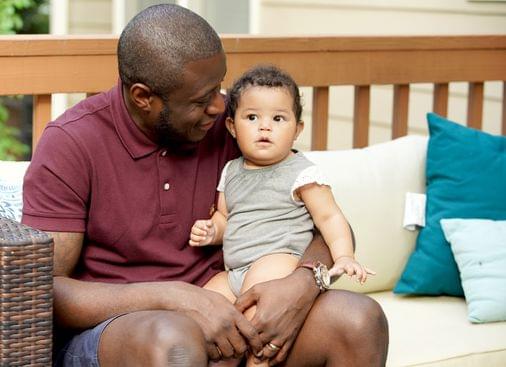
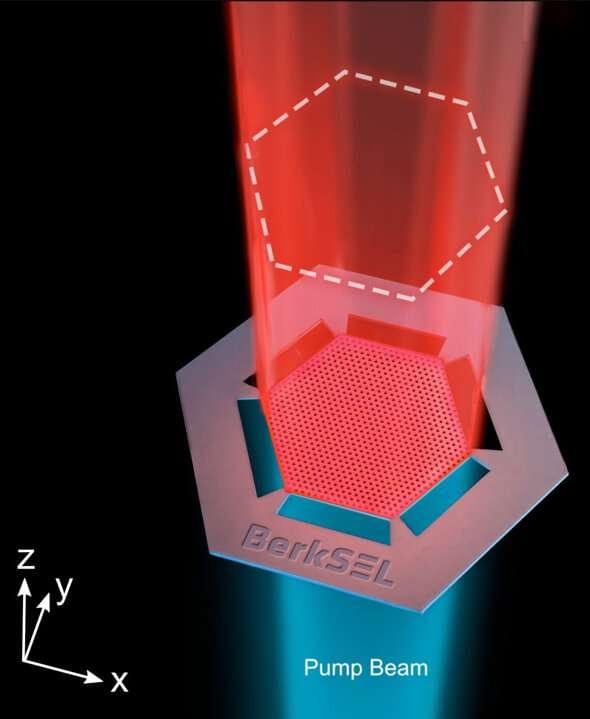
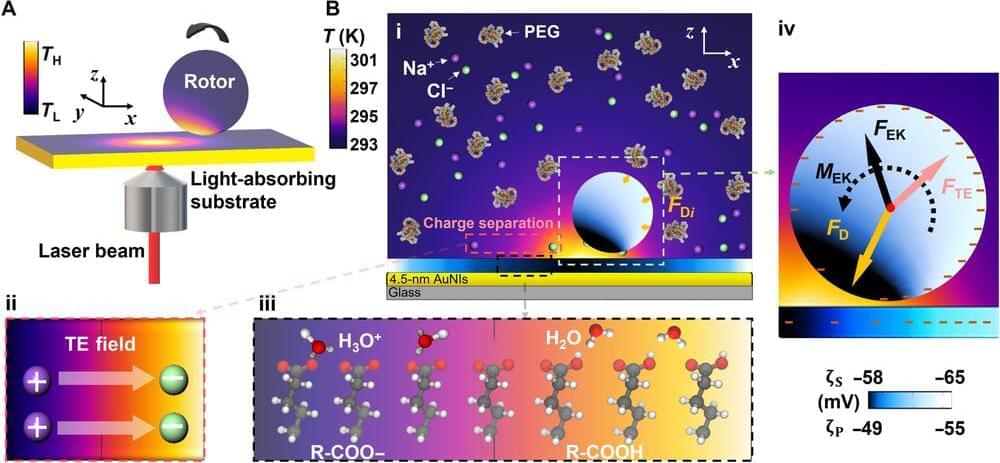
The fundamental rotation of micro and nano-objects is crucial for the functionality of micro and nanorobotics, as well as three-dimensional imaging and lab-on-a-chip systems. These optical rotation methods can function fuel-free and remotely, and are therefore better suited for experiments, while current methods require laser beams with designed intensity profiles or objects with sophisticated shapes. These requirements are challenging for simpler optical setups with light-driven rotation of a variety of objects, including biological cells.
In a new report now published in Science Advances, Hongru Ding and a research team in engineering and materials science at the University of Texas at Austin, U.S., developed a universal approach for the out-of-plane rotation of various objects based on an arbitrary low-power laser beam. The scientists positioned the laser source away from the objects to reduce optical damage from direct illumination and combined the rotation mechanism via optothermal coupling with rigorous experiments, coupled to multiscale simulations. The general applicability and biocompatibility of the universal light-driven rotation platform is instrumental for a range of engineering and scientific applications.
What if we built a Matrioshka Brain? In this video, Unveiled asks what would happen if we built a computer AROUND A STAR? This is one of the most incredible megastructures we’ve ever even contemplated… but what would the universe be like if it was home to these things? And how would we possibly keep control?
This is Unveiled, giving you incredible answers to extraordinary questions!
Find more amazing videos for your curiosity here:
What If Humanity Was A Type VII Civilization? — https://youtu.be/pz-Z8AavJZY
What If the Universe is an Atom? — https://youtu.be/WYyu9h9JJfg.
Are you constantly curious? Then subscribe for more from Unveiled ► https://wmojo.com/unveiled-subscribe.
#MatrioshkaBrain #Kardashev #Future
What would happen if you put a couple of physicists in a room with a rope, a box and a black hole? They might come up with a plan to power the Earth for centuries. Black holes aren’t something you come across every day. To make a black hole of your own, you’d have to squeeze a star ten times bigger than our Sun into a sphere the diameter of New York City.
Transcript and sources: https://whatif.show/what-if-we-could-harness-the-energy-of-a-black-hole/
Music: http://bit.ly/whatif-music.
Watch more what-if scenarios:
Planet Earth: https://www.youtube.com/watch?v=_-HhCwYD7rc&list=PLZdXRHYAVx…Yq9N9wyb2l.
The Cosmos: https://www.youtube.com/watch?v=gfuJyVkMH_g&list=PLZdXRHYAVx…wXNGYHmE8U
Technology: https://www.youtube.com/watch?v=CS3bBO05fpU&list=PLZdXRHYAVx…qSEB7kDdKO
Your Body: https://www.youtube.com/watch?v=QmXR46TrbA8&list=PLZdXRHYAVx…2ySsHj8GZO
Humanity: https://www.youtube.com/watch?v=fdCDQIyXGnw&list=PLZdXRHYAVx…t8zFxSCSvZ
Tweet us your what-if question to suggest an episode: https://twitter.com/WhatIfScience.
What If elsewhere:
Instagram: https://www.instagram.com/whatif.show/
Twitter: https://twitter.com/WhatIfScience.
Facebook: https://www.facebook.com/What.If.science.
Suggest an episode (detailed): http://bit.ly/suggest-whatif.

Join the audience for a live webinar at 3 p.m. BST on 5 July 2022 exploring the most recent real-time adaptive radiotherapy developments and the new cardiac radioablation treatment.
Stereotactic radioablation is a novel, non-invasive treatment option for cardiac arrhythmias. The heart is dose sensitive and its motion contributes significantly to dose delivery uncertainties.
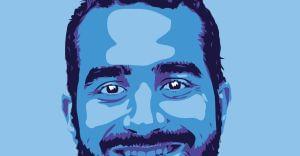
A lab in Tennesee that does research in neutron, nuclear and clean energy had to debunk the myth that they were somehow attempting to open portals to other dimensions. Though if I ever learned anything from popular science fiction, if a research lab says they aren’t opening portals to parallel universes, my instinct tells me that they are totally opening portals to other dimensions. So you can imagine why folks would be skeptical.
Research scientist Leah Broussard explains in the video above that the experiments they are doing at the Oak Ridge National Laboratory (which is managed by the US Department of Energy) aren’t exactly about building portals to other dimensions. Instead, they involved “looking for new ways that matter we know and understand, that makes up our universe, might interact with the dark matter that makes up the majority of our universe, which we don’t understand.”
Broussard also explains when a particle physicist says portal, they mean it in a figurative sense. All this talk of parallel universes came when her research was released and people started making connections to the Netflix show, Stranger Things. A show that, coincidentally, features kids stumbling across a shady government agency opening portals to other dimensions full of monsters, in the ’80s.

Hyundai is offering an early look at its upcoming all-electric sedan, the Ioniq 6. It comes as Bloomberg reports that the company’s EV market share is quietly surging in Europe and the US, causing even Tesla’s Elon Musk to take notice.
Hyundai has revealed an early look at its upcoming all-electric sedan, the Ioniq 6. It draws inspiration from the kind of streamlined car designs that were popular in the 20s and 30s with vehicles like the Stout Scarab.